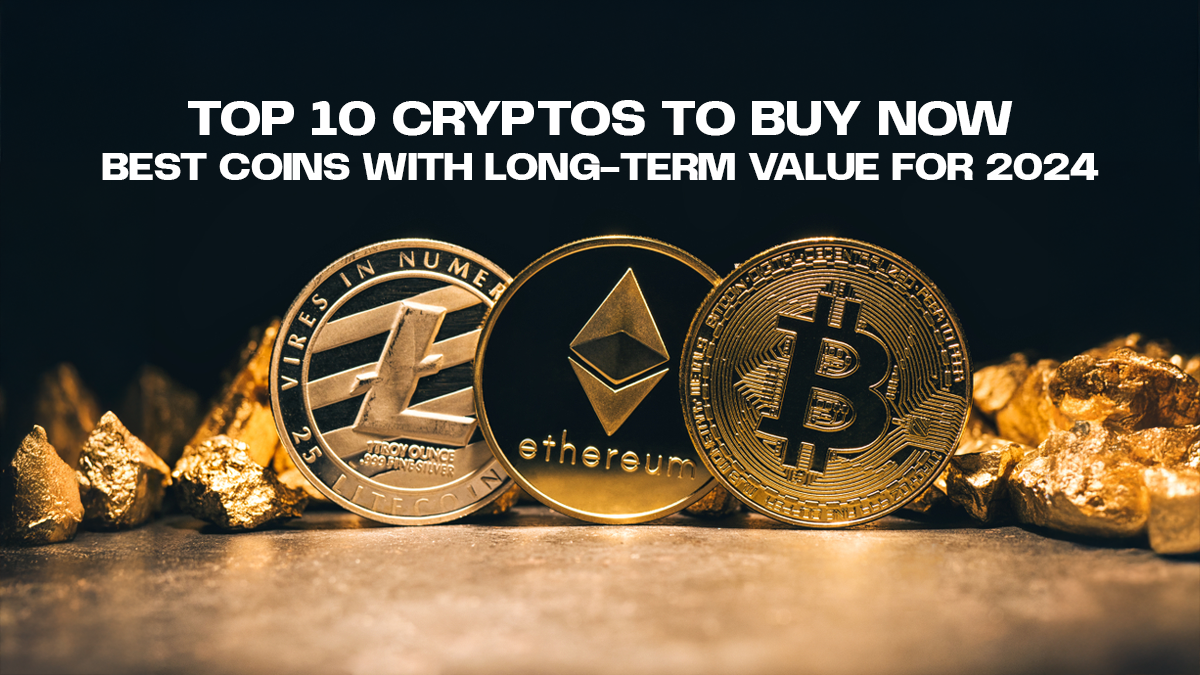The blockchain revolution has sparked a wave of innovation across industries, transforming how we interact with digital and financial ecosystems. Among the many blockchain platforms making waves, Qubetics, Polkadot, Solana, Avalanche, Algorand, Tezos, Cosmos, NEAR Protocol, Fantom, and Tron stand out for their unique scalability, security, and functionality approaches. Here’s how these trailblazing platforms are shaping the future of decentralised technologies.
- Qubetics: A Revolution in Tokenisation and Financial Empowerment
Qubetics is paving the way for a new era in blockchain innovation, positioning itself as a multifaceted platform that combines tokenised assets with groundbreaking solutions for financial institutions. The Qubetics ecosystem is not just about tokenisation—it’s about creating an inclusive and highly versatile platform for diverse applications.
Central to Qubetics’ vision is its Tokenised Assets Marketplace, which leverages blockchain technology to convert physical and digital assets into tradeable tokens. This fractionalisation process democratises access to high-value assets like real estate, intellectual property, and commodities, empowering a global audience of investors to participate in once-inaccessible markets.
The Qubetics platform also addresses longstanding issues in traditional markets, such as limited liquidity and lack of transparency. By creating a secondary market for tokenised assets, Qubetics ensures seamless trading, improved liquidity, and greater opportunities for investors to realise their gains.
Beyond tokenised assets, Qubetics empowers financial institutions by offering the tools to deploy native tokens on its blockchain. Banks and financial institutions can create tailored tokens for internal settlements, customer rewards programs, or specialised financial products, giving them unprecedented flexibility to innovate and grow. This capability is a game-changer, enabling institutions to build unique financial ecosystems underpinned by blockchain technology.
In presale phase 9, Qubetics has already raised over $2.5 million, with 190 million $TICS tokens sold to over 2,900 holders. Early investors have a compelling opportunity at $0.023 per $TICS token, as the token price is set to rise by 10% in the next phase and reach $0.25 post-presale, offering an impressive ROI of 986.95%. With its robust ecosystem and visionary goals, Qubetics is positioned to become a cornerstone of the blockchain industry.
- Polkadot: The Network of Networks
Polkadot is redefining blockchain interoperability by enabling different blockchains to connect and share data seamlessly. Developed by Ethereum co-founder Gavin Wood, Polkadot’s relay chain is the backbone for numerous independent blockchains, or parachains, allowing them to operate harmoniously. This design significantly enhances scalability and opens the door for diverse use cases, from decentralised finance (DeFi) to gaming and identity management. Polkadot’s native token, DOT, plays a crucial role in governance and staking, empowering its ecosystem to evolve dynamically.
- Solana: Blazing Fast and Ultra Affordable
Solana has quickly become a household name in the blockchain space due to its unmatched speed and low transaction costs. Combining proof-of-stake (PoS) with proof-of-history (PoH), Solana can process up to 65,000 transactions per second, making it ideal for high-performance applications. The platform has attracted a thriving ecosystem of decentralised finance projects, NFT marketplaces, and gaming applications. Solana’s ability to deliver such scalability and cost efficiency has solidified its reputation as one of the fastest-growing blockchain platforms in the world.
- Avalanche: High-Speed, Eco-Friendly Innovation
Avalanche has gained prominence for its highly scalable and eco-friendly blockchain platform. Utilising its Avalanche Consensus Protocol, the network achieves near-instant transaction finality, making it a favourite for DeFi and enterprise applications. Avalanche’s subnets allow developers to create custom blockchains tailored to specific use cases, offering a degree of flexibility unmatched by many other platforms. Its compatibility with Ethereum further broadens its appeal, as developers can seamlessly migrate their Ethereum-based dApps to Avalanche.
- Algorand: Bridging Decentralization and Efficiency
Algorand stands out for its commitment to sustainability and ability to handle large transaction volumes without compromising decentralisation. Built on a pure proof-of-stake protocol, Algorand offers a secure and scalable solution for dApps, DeFi platforms, and digital payments. Its low carbon footprint and innovative design make it a preferred choice for organisations looking to integrate blockchain while adhering to environmental sustainability standards.
- Tezos: Self-Amending Blockchain for Future-Proof Applications
Tezos is a self-amending blockchain platform that prioritises governance and adaptability. Its unique on-chain governance system allows stakeholders to vote on protocol upgrades, ensuring the network evolves without needing hard forks. This feature makes Tezos particularly attractive to developers and enterprises seeking long-term stability. Its energy-efficient proof-of-stake model also aligns with the global shift toward greener technologies.
- Cosmos: The Internet of Blockchains
Cosmos aims to create an interconnected network of blockchains that can operate independently while communicating seamlessly. By addressing scalability and interoperability, Cosmos provides the infrastructure for developers to build custom blockchains tailored to specific applications. The Inter-Blockchain Communication (IBC) protocol is a standout feature, enabling data and asset transfer across different blockchains, effectively creating a unified blockchain ecosystem.
- NEAR Protocol: Developer-Friendly and Highly Scalable
NEAR Protocol is designed with developers in mind, offering an intuitive and scalable platform for building decentralised applications. Nightshade’s unique sharding approach allows the network to process transactions in parallel, improving speed and reducing costs. NEAR’s focus on usability and performance has made it a popular choice for developers seeking to create scalable and user-friendly blockchain solutions.
- Fantom: High-Performance Blockchain for DeFi
Fantom is a highly scalable and secure blockchain platform for decentralised finance applications. Its Lachesis consensus mechanism enables fast and low-cost transactions, making it ideal for real-time financial applications. Fantom’s emphasis on interoperability and compatibility with Ethereum has helped it carve out a niche as a go-to platform for DeFi developers.
- Tron: Empowering Content Creators
Tron is a blockchain platform that aims to decentralise the internet by enabling content creators greater control over their work. Focusing on entertainment and digital content, Tron has developed a robust ecosystem for dApps, gaming, and streaming platforms. Its acquisition of BitTorrent has further enhanced its capabilities, positioning Tron as a leader in the decentralised content space.
Final Thoughts
The blockchain landscape is as diverse as it is dynamic, with platforms like Qubetics, Polkadot, Solana, Avalanche, and others leading the charge. Each offers unique solutions to pressing challenges, from interoperability and scalability to environmental sustainability and financial inclusion. Whether empowering financial institutions through Qubetics’ innovative ecosystem or facilitating high-speed decentralised applications on Solana, these platforms are shaping the future of blockchain technology and digital transformation.
For More Information:
Qubetics: https://qubetics.com
Telegram: https://t.me/qubetics
Twitter: https://x.com/qubetics






















